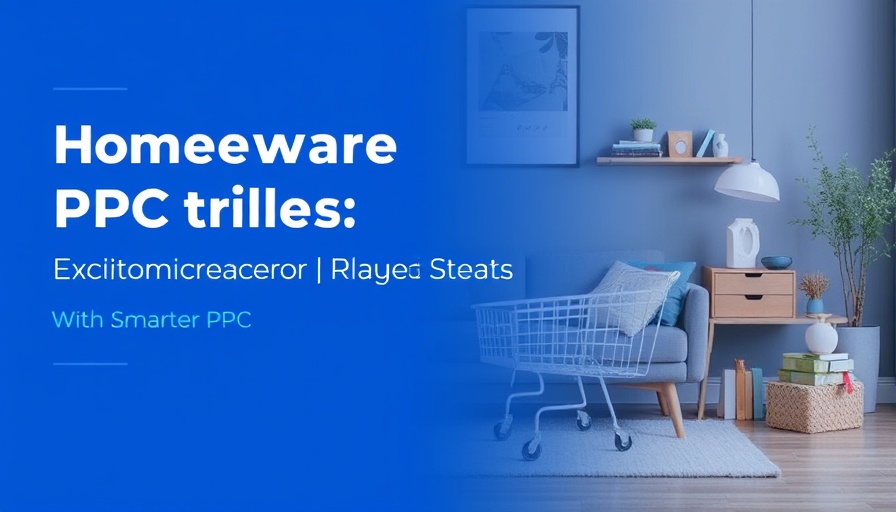
Understanding View Bots in Digital Marketing
In the digital age, where online presence can make or break a business, understanding the tools and pitfalls of digital marketing is crucial. One of the significant threats online marketers face is the usage of view bots. View bots are automated programs that mimic human behavior to inflate view counts on videos and ads, misleading metrics and wasting advertising budgets. To maximize marketing ROI, it’s essential to identify these deceptive practices.
What are View Bots and Why Should You Care?
View bots are designed to imitate human interaction. They can drastically skew data, lead to inaccurate reporting, and hinder the effectiveness of marketing campaigns. For professionals, business owners, and marketers, the knowledge of how to recognize these bots can help maintain the integrity of digital marketing strategies.
Red Flags to Look Out For
Here are some critical indicators that could suggest the presence of view bots:
- Unusual Traffic Patterns: If certain videos or ads experience sudden spikes in views followed by rapid drops, this might indicate bot activity.
- High Bounce Rate: If viewers leave the page quickly, it could indicate that views are not genuine. Real viewers typically engage longer with content.
- Geographic Anomalies: Traffic from unlikely locations or a concentration of views from a narrow geographic area can be a significant warning sign.
Tools and Techniques for Detection
Using analytics tools is vital for identifying suspicious activities. Google Analytics can help pinpoint anomalies in viewer behavior. Check for metrics such as session duration, location, and device type. Employ platforms that specialize in identifying fraudulent activity within paid advertising to bolster your defenses.
Future Trends in Bot Detection
As technology evolves, so do the strategies employed by view bots. Future advancements in AI are paving the way for more sophisticated bots. However, emerging technologies are also enhancing our detection capabilities. Machine learning algorithms are being developed to analyze data patterns and distinguish between genuine user engagement and bot activity. Businesses that invest in these technologies can stay ahead of potential threats.
The Role of Human Oversight
While algorithms can assist in identifying bots, human oversight remains crucial. Marketers should regularly review their campaign performance and reconcile data anomalies with their qualitative insights. Incorporating human analysis helps lend a holistic view of campaign effectiveness, ensuring a comprehensive approach to marketing analytics.
The Importance of Transparency in Digital Advertising
Transparent practices in digital marketing encourage trust between brands and consumers. When viewers know that ads and content they engage with are authentic, it increases the likelihood of conversion. Transparency not only fosters customer loyalty but enhances the overall brand image.
Final Thoughts: Protect Your Digital Investment
Recognizing view bots is an essential step for any marketer seeking to enhance their digital strategy. Keeping an eye out for red flags, employing the right tools, and maintaining a keen analytical eye can protect your advertising budget and improve campaign effectiveness. As you adapt to the ever-changing landscape of digital marketing, staying aware and informed will give you a competitive edge.
 Add Row
Add Row  Add
Add 




Write A Comment